September 20, 2016
New project invites organisations to explore issue of workplace wellbeing 0
 Are our offices making us sick? This is the question addressed by a new research project looking at the link between health in the workplace and access to the natural environment. The study is backed by the Soil Association, is endorsed by Kate Humble and Hugh Fearnley Whittingstall and draws on studies from the past thirty years which have also addressed the issue. The Good Life Project aims to provide evidence-based and cost-effective solutions to the benefits of nature in making businesses happier, healthier and more profitable. The project is led by behaviour expert and author Jez Rose along with a team of psychologists and neuroscientists and is endorsed by the Soil Association. The Project is designed to overcome the problem of workplace absenteeism by trying out a range of workplace initiatives based around the natural environment to see what sort of difference they make to an employee’s feeling of wellbeing.
Are our offices making us sick? This is the question addressed by a new research project looking at the link between health in the workplace and access to the natural environment. The study is backed by the Soil Association, is endorsed by Kate Humble and Hugh Fearnley Whittingstall and draws on studies from the past thirty years which have also addressed the issue. The Good Life Project aims to provide evidence-based and cost-effective solutions to the benefits of nature in making businesses happier, healthier and more profitable. The project is led by behaviour expert and author Jez Rose along with a team of psychologists and neuroscientists and is endorsed by the Soil Association. The Project is designed to overcome the problem of workplace absenteeism by trying out a range of workplace initiatives based around the natural environment to see what sort of difference they make to an employee’s feeling of wellbeing.









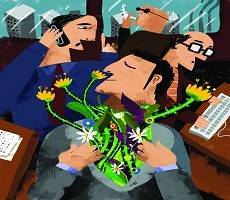



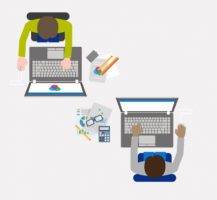



 Some may think this is a daft question. They’ll argue that of course people matter when we design workplaces. Granted, there are those for whom the human experience of the built environment is really important. They demonstrate this it in their attitudes and actions. However, based on some of the attitudes and actions I have observed over the years, I would suggest that the belief that people really matter when some designers design workplaces for them is quite frankly all too often skin deep. How do we know this? And if we accept that it is true, it then begs the secondary question of why this should be the case. Is it entirely our fault? What might we do to address the issues? In part, we know that people haven’t really mattered enough in design because of mistakes of the past. Meanwhile, society is facing many pressing challenges, ranging from health to housing, work to economy and climate change to resource depletion.
Some may think this is a daft question. They’ll argue that of course people matter when we design workplaces. Granted, there are those for whom the human experience of the built environment is really important. They demonstrate this it in their attitudes and actions. However, based on some of the attitudes and actions I have observed over the years, I would suggest that the belief that people really matter when some designers design workplaces for them is quite frankly all too often skin deep. How do we know this? And if we accept that it is true, it then begs the secondary question of why this should be the case. Is it entirely our fault? What might we do to address the issues? In part, we know that people haven’t really mattered enough in design because of mistakes of the past. Meanwhile, society is facing many pressing challenges, ranging from health to housing, work to economy and climate change to resource depletion.
 Working on complex tasks and work that is based on interactions with other people rather than data or things appear to protect against cognitive decline, according to research presented at the Alzheimer’s Association’s International Conference in Toronto. Researchers in two separate studies claim that people whose work requires complex thinking and activities are better able to withstand the wider causes of cognitive decline. The results suggest that working with people, rather than data or physical things, contributed the most to the protective effect and could offset the widely reported effects of a Western diet on cognitive ability. Researchers found that people with increased white matter hyperintensities (WMHs) – white spots that appear on brain scans and are commonly associated with Alzheimer’s and cognitive decline – could better tolerate WMH-related damage if they worked primarily with other people rather than with things or data.
Working on complex tasks and work that is based on interactions with other people rather than data or things appear to protect against cognitive decline, according to research presented at the Alzheimer’s Association’s International Conference in Toronto. Researchers in two separate studies claim that people whose work requires complex thinking and activities are better able to withstand the wider causes of cognitive decline. The results suggest that working with people, rather than data or physical things, contributed the most to the protective effect and could offset the widely reported effects of a Western diet on cognitive ability. Researchers found that people with increased white matter hyperintensities (WMHs) – white spots that appear on brain scans and are commonly associated with Alzheimer’s and cognitive decline – could better tolerate WMH-related damage if they worked primarily with other people rather than with things or data.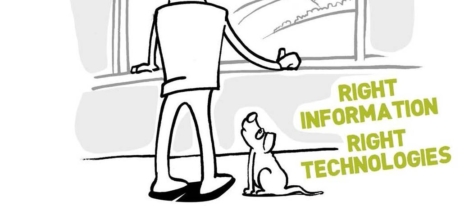
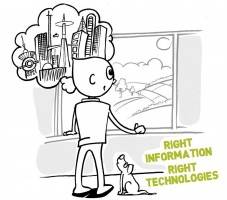
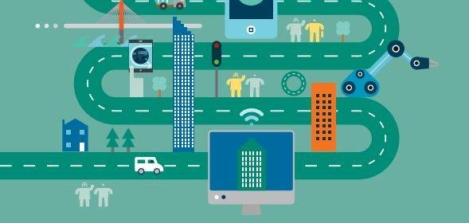
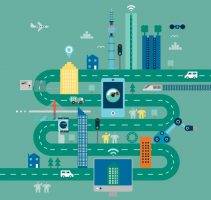 Global law firm Osborne Clarke has released its fourth
Global law firm Osborne Clarke has released its fourth 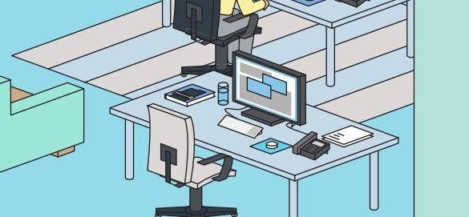
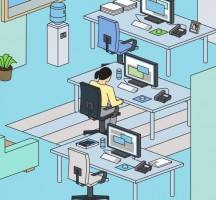 Gensler has announced the results of its Workplace Survey 2016 for both
Gensler has announced the results of its Workplace Survey 2016 for both 








September 5, 2016
We’re only just beginning to understand the issue of indoor air quality 0
by Paul McLaughlin • Cities, Comment, Facilities management, Wellbeing
(more…)